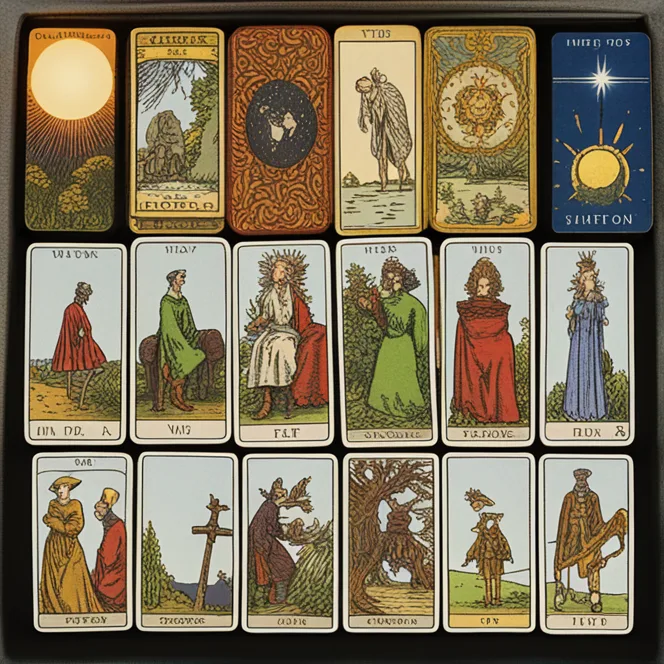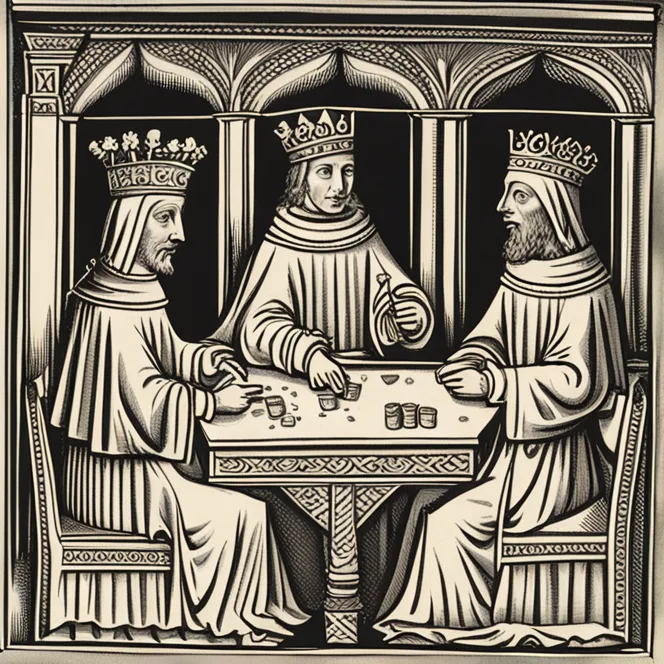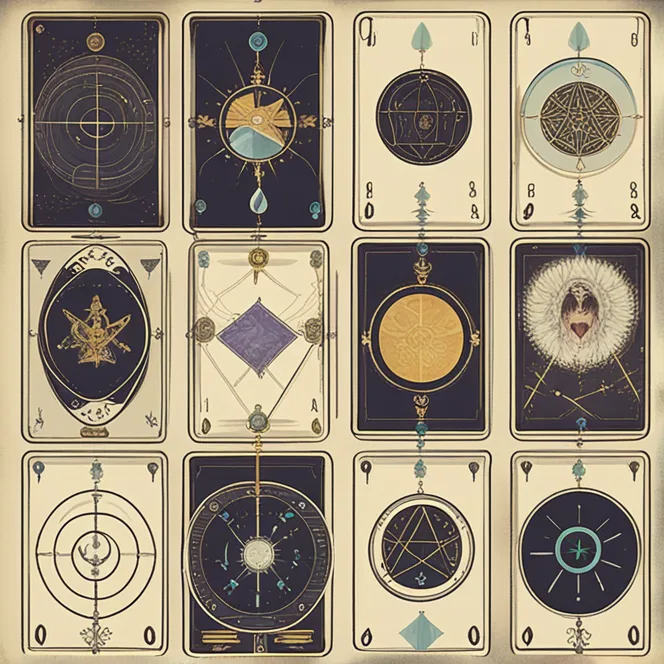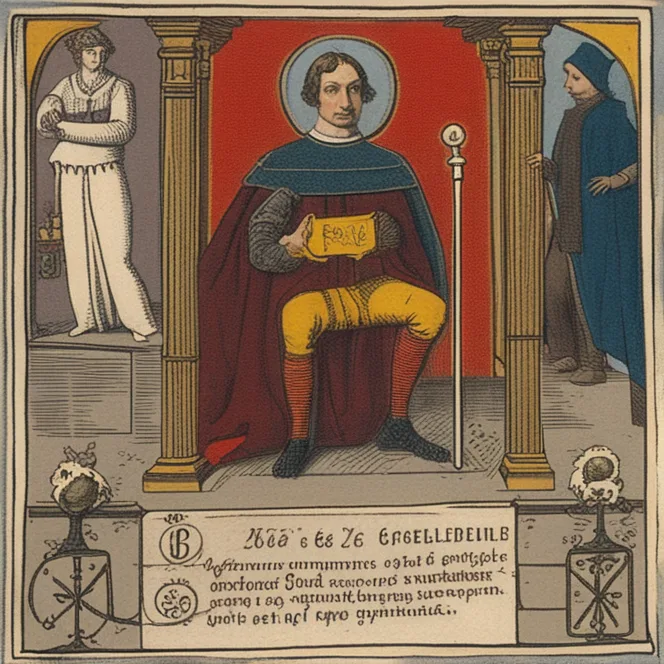
Tarot cards are a form of divination, using a set of cards to gain insight and evaluate influences affecting a person, their life, or a particular situation. Tracing the origins of tarot cards is a journey shrouded in mystery, as the exact genesis of these captivating cards remains a topic of debate among historians. The most accepted theory is that they emerged in the mid-15th century in various parts of Europe, like Italy, France, and Austria. Originally these detailed and symbol-rich cards were not meant for mysticism but recreation, used as playing cards for a game called "tarocchi" which was similar to bridge.

The leap from game to esoteric practice is believed to have taken place in the 18th century when tarot cards were connected to the ancient, mystical Egyptian lore by some writers and scholars of the time. Antoine Court de Gébelin, a French occultist, was one of the figures crucial to this shift. In his work, he asserted that the imagery of tarot symbols was secret wisdom encoded by the ancient Egyptians, and the cards were tools of enlightenment rather than mere pastime supplies. This theory, although unfounded historically, helped pivot the tarot's use towards the realm of the occult.

The 78-card tarot deck is divided into two sections: the Major Arcana, consisting of 22 cards filled with rich symbolism representing life's greater lessons, and the Minor Arcana, comprising 56 cards that detail more trivial day-to-day events. Around the same time as de Gébelin's work, another figure, Jean-Baptiste Alliette, known as Etteilla, became the first professional tarot diviner. He created his own version of the tarot deck, designed explicitly for divination which solidified the tarot's association with future-telling and horoscope.

The modern era has seen the tarot evolve as a tool for psychological insight and a channel to one's subconscious, often detached from its divinatory roots. Popularization through the works of figures like A. E. Waite, who created the widely used Rider-Waite tarot deck, presented an accessible version of the cards with illustrative images for all the minor arcana cards. As we look forward to 2024 and beyond, the usage of tarot cards continues to burgeon in various fields, including personal growth, decision making, and even therapy.

The intersection of tarot and astrology has grown significantly, with tarot readings increasingly incorporating astrological elements. Each tarot card can be associated with certain astrological significances, which enrich the readings and provide a more nuanced perspective. Astrological forecasts for 2024 might be deeply interwoven with tarot card interpretations, as both practices strive to provide guidance and reflection based on stellar and archetypical influences.
Published: 12/15/2023
Modified: 12/18/2023
More predictions
Come back here soon to learn more about yourself and your future


First Steps In Tarot Reading
Indulge in the basics of tarot reading with simple spreads for beginners.


The Meanings Behind Tarot Cards
Delve into the rich symbolism and significance of tarot cards and their meanings across the Major and Minor Arcana.


The Tarot Pentacles Suite
Delve into the rich symbolism of the Tarot's Pentacles suit and its implications for wealth, prosperity, and life lessons.